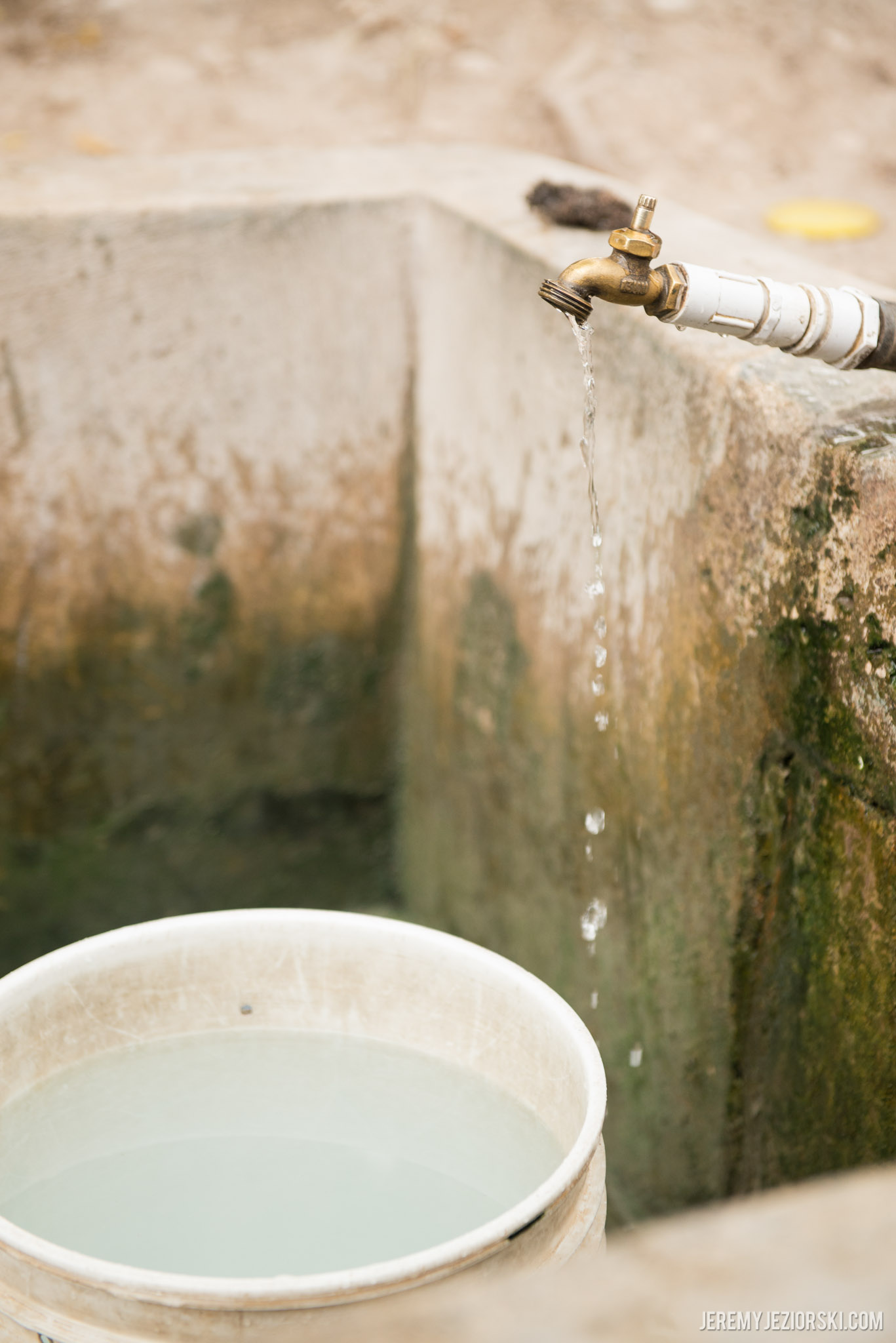With the mayor’s swig of finally-safe water, a wave of relief rushed over Toledo, Ohio. It had only been a few days, but the drinking water ban that impacted some 400,000 Ohioans was a stark reminder of the fragility of the world’s water supply.
“We have not been good stewards of this natural resource,” said Mayor D. Michael Collins during a televised press conference and reported by NPR. He added that he hopes that the water crisis will spur action locally and nationally.
 Residents are now able to drink, bathe in and cook with the tap water that had been contaminated by the toxin microcystin, a byproduct of blooming algae in Lake Erie. Fertilizer runoff from farms, lawns and solid waste caused the bloom to develop – and many scientists warn that the bloom may still peak in September.
Residents are now able to drink, bathe in and cook with the tap water that had been contaminated by the toxin microcystin, a byproduct of blooming algae in Lake Erie. Fertilizer runoff from farms, lawns and solid waste caused the bloom to develop – and many scientists warn that the bloom may still peak in September.
In a country with often seemingly endless water resources – and the capacity to truck in and distribute supplementary
water supplies when needed, as was done in Ohio – it’s easy to forget that such a life-threatening lack is the reality for 780 million people worldwide. And water contamination is only exacerbated by the lack of sanitation access that 2.5 million more face daily.
Pure Water for the World is working hard to promote the safe stewardship of this vital resource by including water
protection education during community workshops. These workshops are providing communities with the tools and knowledge necessary to protect their water sources and to improve the health of their communities.
